Beginner Hi-Fi: Great Sound Without Breaking the Bank.

Introduction
While in the past Hi-Fi headphones may have been a rather obscure market segment veiled with the same pseudo-exclusivity that SoulCycle had in the fitness world, Hi-Fi headphone setups have become more accessible than they've ever been. Previously, a high end headphone such as the legendary Sennheiser HD600 would have set you back nearly $800 in 2022 USD, but in the current audio market you can now build a complete setup including a high end set of headphones, an amplifier, and a DAC for as low as $350--less than the price of a Sony WH1000XM5! In this article, then, I wish to share with you my favorite affordable audio setup.
What is Hi-Fi, and why bother with it?
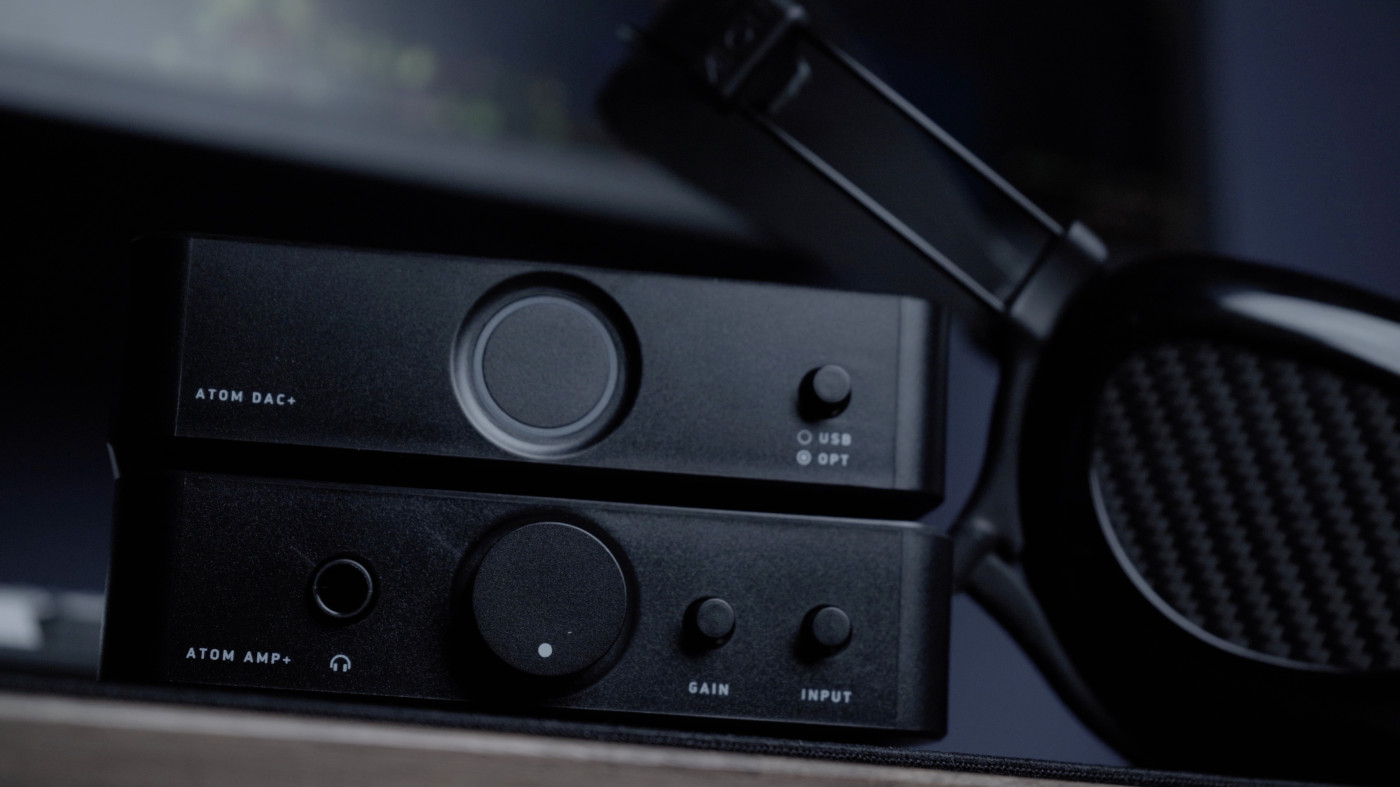
Hi-Fi technically refers to an audio stream that surpasses or matches the quality that you get from a CD (44.1KHz sample rate, 16-bit bit depth). Generally, though, I think Hi-Fi can refer to any setup or device that produces a High Fidelity audio signal--a signal with low distortion, an accurate frequency response, and--in the case of headphones--good technical qualities. So, in short, a Hi-Fi setup should help you in creating a much more nuanced, immersive, and transformative audio experience than the one you'd get from something like--for example--a Bose 700.
Now, who benefits from having a Hi-Fi setup? Well, there are actually a few different use-case scenarios for Hi-Fi setups. Traditionally, Hi-Fi setups have been most commonly and unsurprisingly used in the professional production and monitoring of music, or for high-fidelity, "audiophile," at-home listening. Of course, they're still great for those applications, however, recently they have become a very popular alternative to gaming headsets, too, as they provide a lot more of the directional audio information that is crucial to competitive online games.
To share some personal insight as to why I got into Hi-Fi audio, it's actually for all of the reasons mentioned above. I've always loved music, so naturally I wanted to listen to my favorite tracks at the best possible quality and (TRIGGER WARNING) hear them as the artist intended. I also wanted to have a high-quality audio setup for when recording and mixing audio at home. Then, as admittedly somewhat of a first person shooter (FPS) game try-hard, I wanted to gain as much of an advantage as I could for online matches by having a reliable audio setup that would easily highlight the position and directionality of sound cues.
Now that we’ve got the definitions out of the way, let’s get into the fun stuff. Building the setup!
The Amp
Alright, now that we've discussed Hi-Fi for a bit, let's get started with building the Hi-Fi setup, and we'll begin with the core of it, which will be the headphone amplifier.
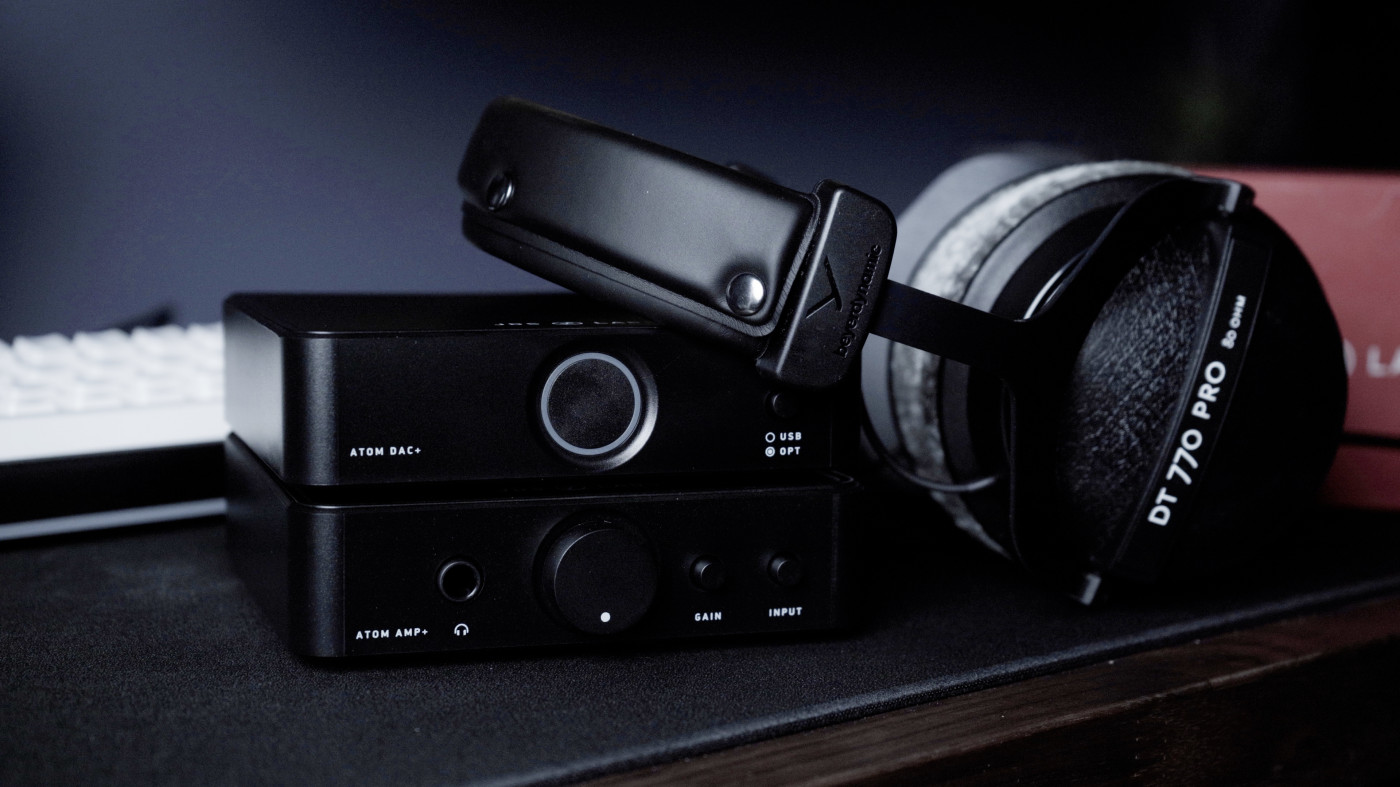
If you're new to Hi-Fi audio, you're probably not familiar with headphone amplifiers. That's because most headphones out there, such as Beats by Dre headphones, Bose headphones, Sony headphones, and other more lifestyle-oriented headphones are actually quite power efficient and capable of delivering plenty of volume without the need for much power since they have a low impedance (Ω).
This is ideal for headphones that will be used on-the-go as they require no additional equipment to deliver their optimal performance, however, the trade-off for the high level of volume is that having a lower impedance means that a higher load is presented to the headphone's output stage, and the additional load on the output stage means that the headphone will generate more distortion (Neumann). Therefore, Hi-Fi headphones have traditionally had a much higher impedance rating (i.e. 300 Ω on an HD800S vs 32 Ω on Beats Studio Wireless 3), and need an amplifier that is able to cleanly boost the voltage of the source audio signal and help your headphones achieve a desirable level of volume without creating a dirty or distorted signal. To that end, then, the amp we've chosen to recommend for this setup is the JDS Labs Atom +.
The Atom + is the second iteration of JDS Labs' Atom Amplifier, and for its $99 price tag it delivers some pretty serious performance. The Atom + features two gain stages, and pushing 1W of clean audio per channel it's easily able to drive most headphones out there. Additionally, the Atom + has RCA and 3.5mm inputs, as well as an RCA preamp output that allows you to control the volume of powered speakers. Also worth mentioning that the Atom + has a fairly compact and lightweight form factor, which when combined with its awesome performance, has made it the travel companion of my Sennheiser HD800S and Dan Clark Audio AEON 2 Noire.
The DAC
A DAC, or Digital-to-Converter is a device that--as the name suggests--converts a digital audio signal to an analog audio signal that can be used by headphones or speakers. You might have not been aware, but most electronic devices you own (such as your phone, laptop, tablet, computer, Nintendo, etc.) already have a built-in DAC. That being said, though, not all DACs are created equal, or rather, not all DACs create an equal signal. While a lot high-end, gaming motherboards feature high-quality sound-chips that produce a good signal, most other devices don't. So, depending on what kind of system you have, It's highly encouraged that you use a DAC for your amplifier as you want to ensure that you're getting a transparent signal through to your headphones. Given that we went with the Atom + amp, I also found it suitable to pair it up with the $119 Atom DAC +. The Atom DAC + supports up to 384KHz sample rates, 32-bit bit depth, USB and Optical inputs, an RCA output, and it stacks perfectly on top of the Atom Amp +, making it a perfect pairing and a top Amp/DAC combo under $240 shipped.
The Headphones
Now we've reached the final and perhaps most exciting part of the setup, and that is choosing the headphones, which is kind of like choosing your starter Pokémon.
In the sub $200 range there are numerous high end headphones that you could choose from and they all have different qualities that might make them more attractive for you. These could be qualities such as imaging (the precision in directionality of sound), differences in comfort, differences in frequency response/tonality (warmer vs more analytical-sounding), open-back vs closed-back, etc. For this article, then, I decided to pick out three different headphones in this price bracket that I thought would be very different in their characteristics, and would be suitable for a few different scenarios.
Sennheiser HD560S ($199.95) - The All-Rounder
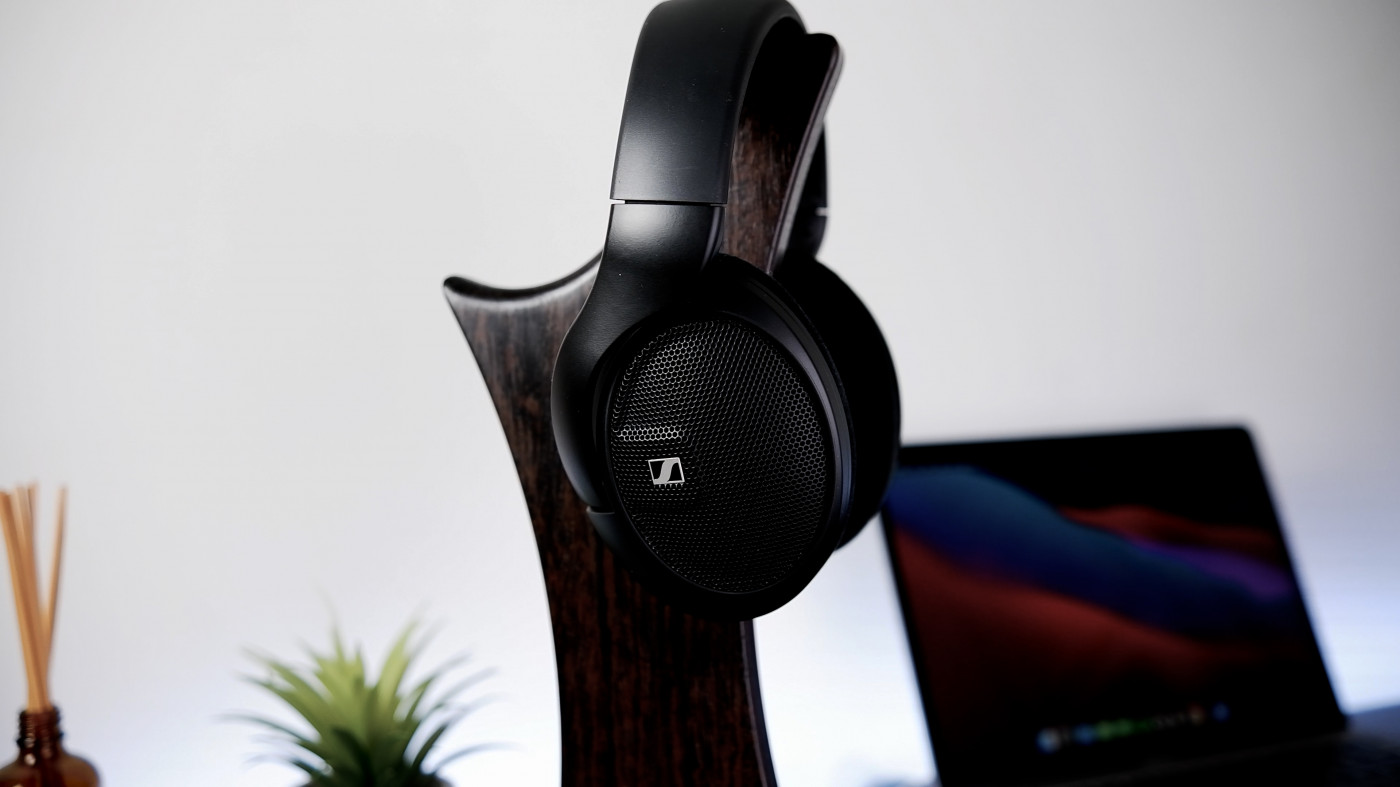
When it comes to high end headphones, there are few companies that have as much clout as Sennheiser does. For decades they've designed and manufactured some of the most influential headphones in the high-end audio market, with their HD600-series headphones and the HD800S serving as standards for tonality and performance in their respective price brackets.
It should be no surprise, then, that Sennheiser's latest entry-level model, the HD560S is no slouch either. When I first reviewed it in February of 2021, I confidently labeled the HD560S as my favorite headphone under $200. It may not match the same level of detail retrieval that you get with the slightly more expensive HD6XX from Sennheiser x DROP, but it gets very close while improving on other significant aspects like bass extension, soundstage, and imaging. When you add its delightful, albeit slightly-bright tuning into consideration, the HD560S is a headphone that simply delivers excellent performance for almost every category, and is suitable for most use-case scenarios.
Beyerdynamic DT 770 Pro 80 Ω Edition ($159) - All the Closed-Back Gaming Goodness You Need
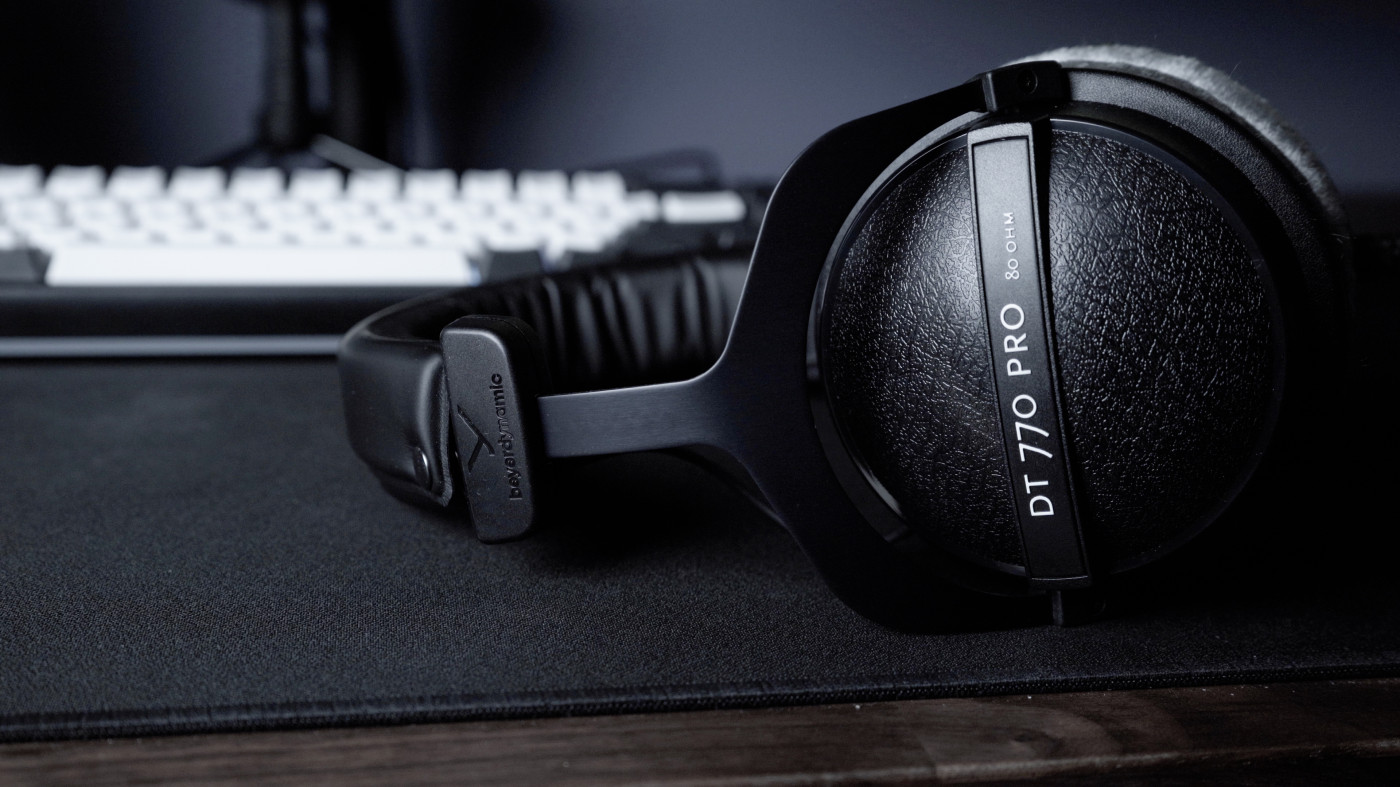
As I mentioned earlier, high end headphones have become quite popular as of late in the gaming audio space, and in my opinion, few headphones at any given price point perform better in this application than the Beyerdynamic DT 770 Pro, and here's why:
Despite being a closed-back headphone, the DT 770 Pro provides one of the widest and most expansive soundstages I've heard from any headphone the in the sub $200 range, performing similarly to the HD560S and coming very close to achieving what its open-pack sibling, the DT 990 Pro, can achieve. The DT 770 Pro also has top-tier imaging capabilities, as it is extremely precise when it comes to delineating the positioning and directionality of sound--a quality that is crucial for competitive online games, particularly FPS games. Another benefit that the DT 770 Pro has for gaming is the fact that it is a closed-back headphone, as this means that you won't be as distracted by the noise coming from your keyboard, and your anime music won't leak into the microphone, bothering everyone on discord. Unfortunately, the cable on the DT 770 Pro is non-detachable, but aside from that it rocks an extremely solid, seemingly-indestructible build that is also among the most comfortable to wear. The stock V-shaped sound-signature with pronounced bass and treble might be a little too energetic for some listeners, but overall, for gaming, I really don't think it gets much more ideal than this headphone!
HiFiMan HE400SE ($109) - Planar Magnetic Headphones 101
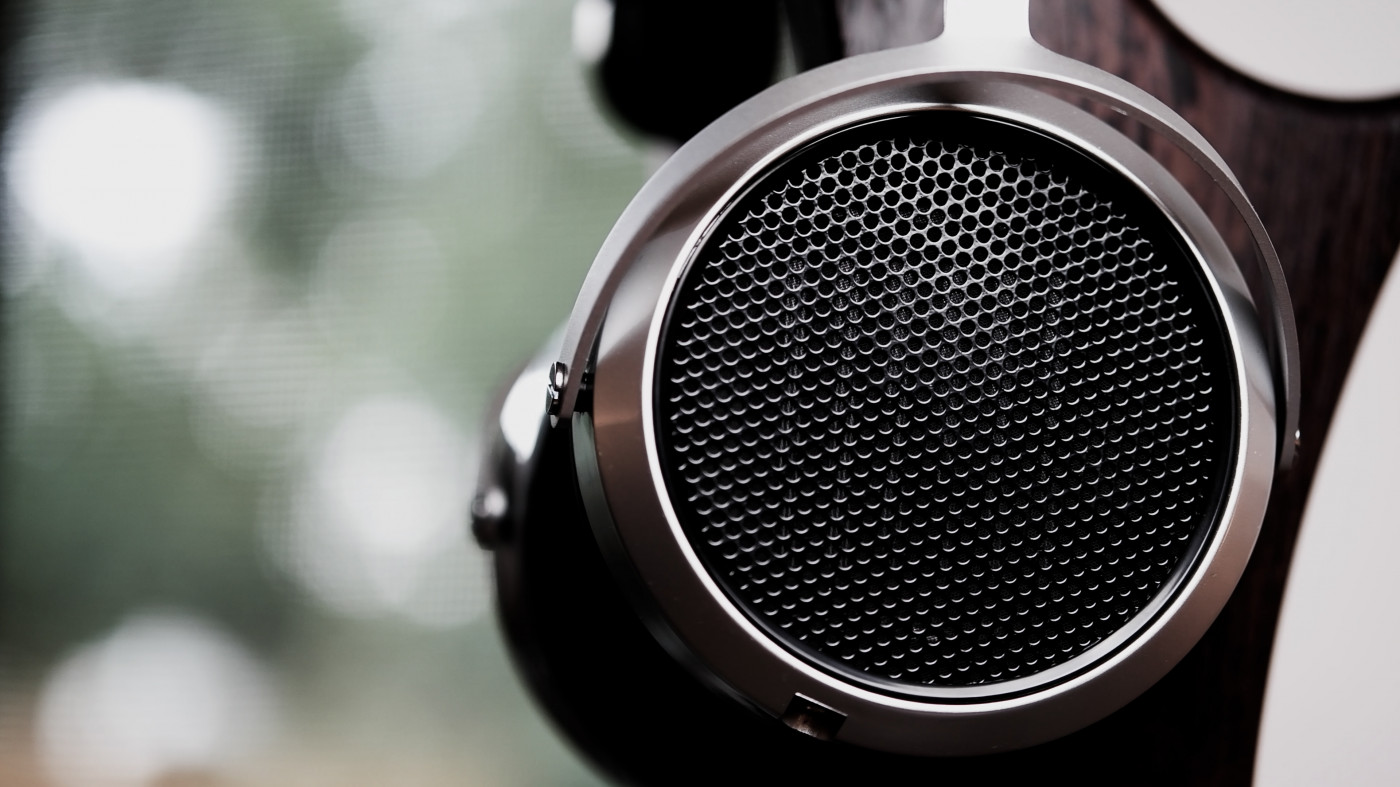
Originally priced at $149.99, but now available at the incredible price tag of $109.99, the HiFiMan HE400SE offers what is perhaps the greatest value in the high end headphone market. Its build isn't exactly the most confidence-inspiring out there, but it is a very comfortable headphone with performance that comes very close to that of the other two headphones I've recommended thus far with a pleasant and neutral-sounding sound signature. Additionally, this headphone is using a planar-magnetic transducer, instead of the more traditional dynamic-driver found in the HD560S or DT 770 Pro. The use of a planar-magnetic driver brings along a few interesting and unique characteristics that are not commonly found in dynamic driver headphones, such as a more profound and deeper bass response, faster transients, and more distinct instrument separation.
Conclusion
Regardless of which headphone you choose to go with, I have no doubt that you’ll find the resulting listening experience to be a fantastic one. Of course, there are many other amplifiers, DACs, and headphones available out there that you could mix and match, but my goal for this article was to essentially to say, “if I was getting into the hobby today, these would be my top picks.”
Happy Listening!
- Chrono
Check out Chrono's reviews on some of the gear mentioned:
HD 560S Review: https://www.youtube.com/watch?v=71M4t5cKtgU
HE400SE Review: https://www.youtube.com/watch?v=9ze8fUpkTDc
---
